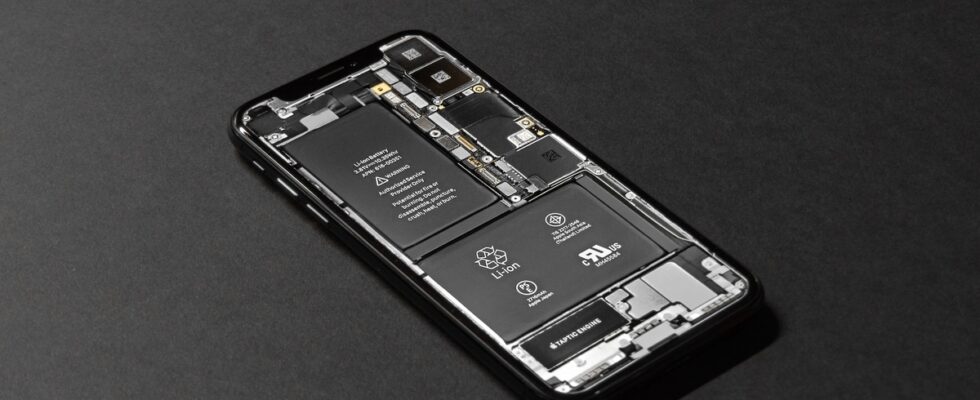Making your battery last is no rocket science. © iStock
The true Achilles heel of our pocket supercomputers, the battery is still one of the components that wear out the fastest. Who hasn’t complained about their phone’s poor battery life after just a few years of use? The situation is such that some manufacturers do not hesitate to limit the performance of their devices so as not to reduce the autonomy too much.
The lithium-ion technology present in most of our modern electronic devices indeed has a flaw, it is only calibrated for a precise number of recharge “cycles” before losing capacity. The latest iPhones, for example, promise an endurance of 1000 cycles before falling below 80% of the battery’s functional capacity. Even if this number may seem impressive, it is reached in a few years and the batteries of our phones therefore degrade inexorably, the laws of physics being inevitable.
However, there are little tips to extend battery life as much as possible. As DxOMark explained to us in 2022, the best is to charge your phone between 20 and 80%. Batteries tend to wear out prematurely when their voltage is very high or very low. And if keeping an eye on your mobile’s battery when it’s charging seems (rightly) quite boring to you, know that there are software options to make your task easier.
…on iOS
On iOS, most modern iPhones default to “smart” charging cycles. These try to determine your usage habits to limit the charge to 80% until 1 hour before you wake up, for example. This avoids keeping a phone charging all night while the battery is full, which also tends to damage the component. To check that the option is activated, you must:
- Open the Settings app
- Choose the Battery tab
- Go to Battery health and charging
- Select Optimization
- Check that the Optimized charging option is checked
The iPhone 15, and unfortunately only them, even allow you to go further by strictly limiting charging to 80% of the battery capacity. In the same submenu, opt for the 80% limit option.
The iPhone has several charging optimization options © Apple
…and on Android
Many Android mobiles also offer a smart charging option. Often called Adaptive Recharge, it is generally found in:
- The Settings app
- Battery tab
- Adaptive Charging Menu
This option does more or less the same thing as on iOS, limiting the time your battery is kept at 100% charge. At Google, most Pixel smartphones can take advantage of this and the phones rely on both your charging habits and the time you wake up to adapt the charge.
On recent Samsung phones, it is possible to limit the charge to 85%. To activate this mode, you must:
- Go to the Settings app
- Choose Device maintenance
- Select Battery
- Enable Battery Protection option
Samsung allows you to limit battery charging to 85% © Samsung
Don’t hesitate to change your battery!
The declining autonomy of a phone is often cited as the No. 1 cause of device changes, even if the latter are still functional. The rest of the components age much more slowly than the batteries. According to the 2021 digital barometer, dysfunctions “due to a faulty battery, broken screen or other technical problem“represent the main cause of renewal of our smartphones.
However, replacing a battery is not rocket science. According to a 2015 study by UFC Que Choisir, 15% of phone repairs are caused by a battery-related problem. A more recent study from repair specialist Save even indicates that battery changes represent the second most common repair operation (30% of cases). There is therefore no shortage of expertise in this area.
For those who wish, it is even possible to carry out this type of DIY yourself, provided you have the right tools and resources. The availability of spare parts such as batteries is guaranteed by French and European laws and they are rarely the most expensive and complicated parts to change.
In the same way that you wouldn’t change a car if your tires were too worn, there’s no reason to replace a phone because your battery is failing. Repairing rather than replacing remains the most environmentally responsible act you can accomplish in your daily relationship with digital technology.
